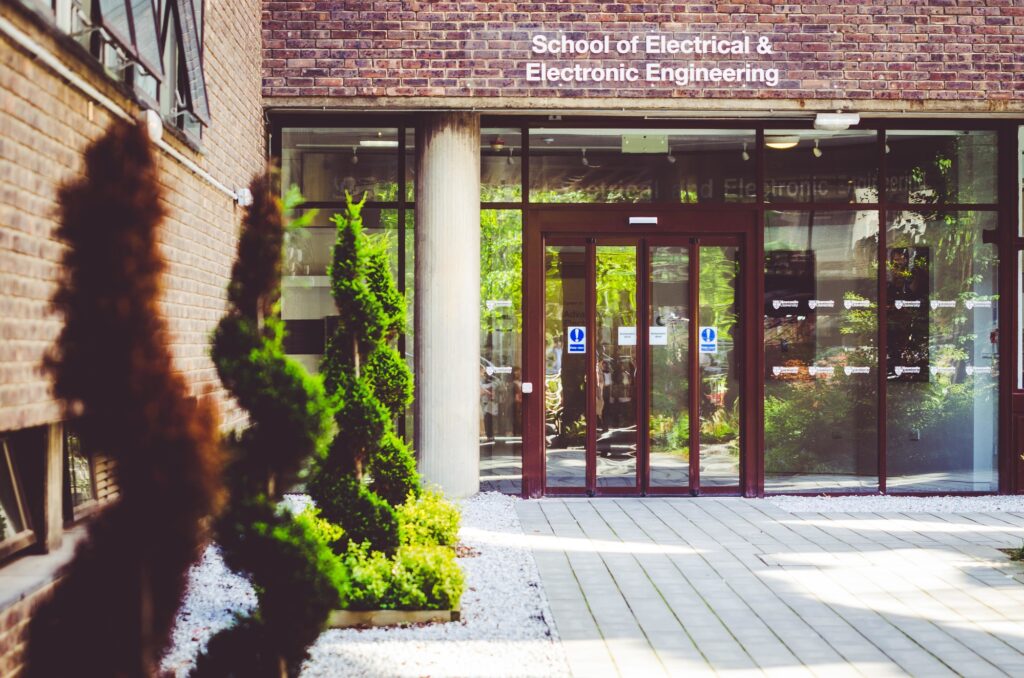Heating and powering our campus is one of the University’s largest sources of carbon dioxide emissions and so work to improve the efficiency of these systems is very effective at reducing our institution’s impact on the environment.
To this end, a major project the University is currently undertaking is the installation of a Combined Heat and Power (CHP) plant in Merz Court’s Energy Centre. This new infrastructure has required the work of a variety of University teams alongside multiple external companies to plan this major energy upgrade and coordinate its installation. Now, as the completion of the project is coming into view, this blog will explore how CHP systems work, and how the University’s new power plant is set to save significant emissions for years to come!
What impact will this have?
Combined heat and power or ‘cogeneration’ plants increase efficiencies by utilising the waste heat generated when creating electricity to warm buildings. These systems are especially effective when hooked up to district heating networks – where one energy centre powers multiple buildings. So, when different teams were coming together to plan the power supply for the newly refurbished Stephenson Building, an upgrade to our existing district heating network centred in Merz Court fit the bill nicely.
Now, after lots of hard work from many colleagues across the University, the new 27-tonne CHP engine has been successfully installed in Merz Court’s Energy Centre! On top of the improved efficiencies of cogeneration systems, the University’s new CHP uses greener biofuel to generate its heat and electricity – greatly reducing carbon emissions as compared to conventional systems.
Additionally, the CHP’s impact on carbon savings will be further reinforced as Merz Court Energy Centre’s district heating is connected to a whole swathe of the campus, including the:
- Henry Daysh Building,
- Stephenson Building,
- King Edward VII Building,
- Percy Building,
- Old Library Building,
- And Merz Court itself!
Across these buildings, the CHP’s lower carbon factor energy will pull down our campus’s carbon emissions by thousands of tonnes a year. Additionally, after recent progress, the first batch of biofuel has now been delivered and we’re happy to announce that the new system will be generating power for the next heating season!

Find out more
Many thanks to all the teams involved in delivering the various stages of this project. If you’re interested in finding out more about the University’s power system and how we’re reducing emissions, explore our energy and carbon webpages. Additionally, this blog has information on the University’s renewable power projects and research and our institution-wide, accredited Energy Management System. Finally, the University’s Energy Policy can be found here, and you can get involved with a variety of sustainability programmes and groups across the University as either a student or a colleague.
